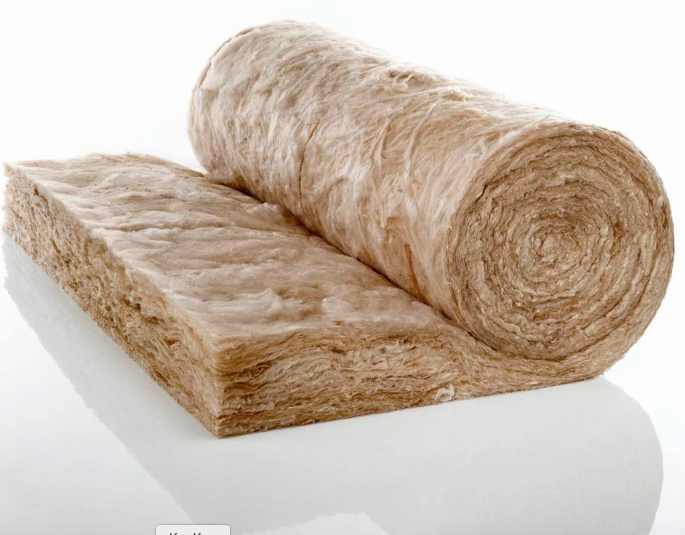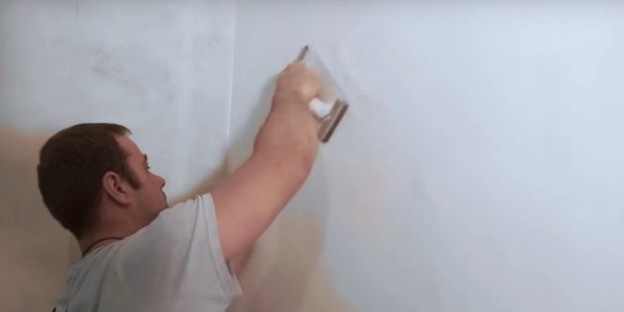The insulation for the front door must be resistant not only to temperature changes, but also to high humidity. For these purposes, polystyrene or foam rubber is often used. Before starting work, it is worth considering the insulation of the gaps between the canvas and the door frame. How to do this, and what material to choose, is described in the material presented.
The content of the article
- Types of heaters
-
How to insulate a door: step by step instructions
- Preparatory work
- Mounting the seal
- Canvas insulation
Types of heaters
Insulation of the front door is carried out in cases where the structure has begun to dry out due to natural wear and tear, for example, due to humidity or temperature changes. You can determine this by sensations (it blows strongly from the street), as well as by external signs:
- Slots form between the door frame and the surface of the opening wall. The voids must initially be foamed - this is the main means by which the doors are insulated in this case. But the layer begins to collapse, especially from the outside. Therefore, there is a need for the installation of new material.
- Gaps are formed between the sash and the frame - mainly due to poor-quality wood of the door itself or errors during installation work.
- It is also necessary to figure out how to insulate the door in cases where the insulation material itself wears out. It can suffer due to dampness, for example, mineral wool shrinks greatly in these cases.
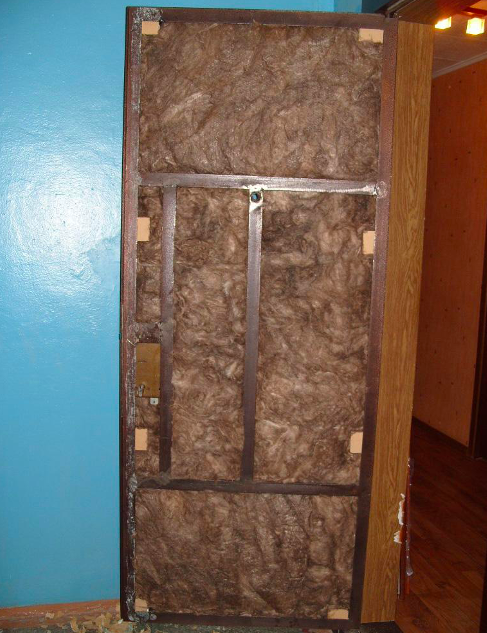
There are 2 ways to insulate the front door - you need to do this from the outside and from the inside. And first you need to choose the material itself. The following can be considered as examples:
- Mineral wool is inexpensive, retains heat well and does not let in sounds. But it quickly deteriorates against the background of high humidity, so it is not suitable, for example, for a door to a bath room.
- Styrofoam also protects well from the cold and dampens sounds, but begins to crumble, especially when laying outside.
- Door insulation is often made with polystyrene foam. Unlike foam, it does not crumble, because its strength is 8 times greater. Resistant to moisture and temperature extremes.
- Foam rubber is also suitable for warming the entrance wooden door, because it is not afraid of moisture and negative temperatures. However, if it is too dry outside or indoors, it may begin to crumble.
- Polyurethane foam has high wear resistance, is well fixed on the surface. But this door insulation can only be laid if the equipment is available - you will have to call a team.

The materials for warming the door itself are described above. You can also use seals for boxes, among them are the following types of products:
- The foam strip is inexpensive, easy to put on glue, but wears out in one season.
- The silicone strip is resistant to moisture, but breaks into several pieces as it wears.
- Insulation of doors in a private house is also done with the help of a rubber rubber seal. It is more reliable because it is resistant to moisture and wear.
- No less resistant polyurethane insulation. Such strips have a sticky base, due to which they adhere reliably to the surface.
- The best in terms of durability can be recognized as thermoplastic.
How to insulate a door: step by step instructions
After the insulation for the entrance wooden door is selected, you can proceed directly to the installation. The work is being carried out in several stages, and, most likely, it will be necessary not only to replace the old material, but also to repair the door frame and openings.
Preparatory work
Before insulating the front door, it is recommended to prepare:
- Reinforce the hinges with new long self-tapping screws.
- In the case of using dense material, put another loop.
- Repair the warp of the box and the door leaf itself.
- If necessary, change the lock, handle and other types of door fittings.
Mounting the seal
Now you need to understand how to insulate the front door in the openings, i.e. which strip to fix on the box so that there are no gaps. Most often, polyurethane or thermoplastic is chosen for this. The work is carried out in several stages:
- Make several measurements of the gaps between the box and the door.
- Cut the tape to the appropriate thickness.
- Glue it into the groove along the perimeter.
- If the material does not have an adhesive base, it is fixed with staples using a construction stapler.
- If the box is worn out and the gaps are of different thickness, it is necessary to expand and deepen the groove, and walk along the edge with a grinder.
- They check how the material is laid - the door should close freely, but at the same time there should be no gaps.
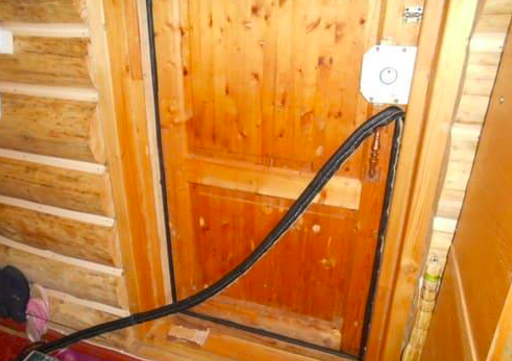
Canvas insulation
Next, you need to insulate the door - the main steps are as follows:
- The fabric is removed from the loop.
- Dismantle the old insulation.
- Take measurements and determine the dimensions of the insulation.
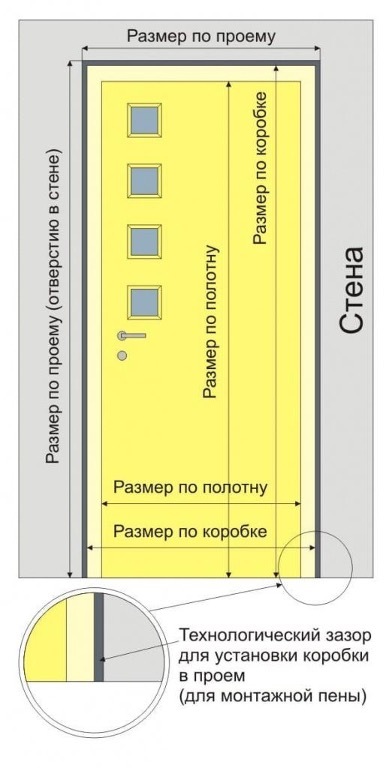
- A part is cut out of foam rubber or other material, which is slightly larger compared to the dimensions of the canvas - about 10 cm on each side.
- Fix it around the perimeter of the door with a stapler.
- All excess parts are cut off.
- The top is covered with faux leather. If foam rubber was used, rollers are formed from the edges.
- A pattern is formed on the surface of the canvas by nailing at a certain interval.

You can perform insulation using polystyrene. In this case, MDF is chosen for the final cladding. The canvas increases in weight, so you will need to install a third loop.
Thus, you can perform insulation yourself, but only after accurate measurements. If the door is too dilapidated, it is better to completely replace it along with the opening. If it is impossible to dismantle it, you can temporarily glue the seal between the box and the canvas, and in the summer carry out a major overhaul.
